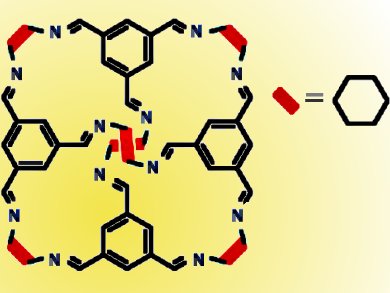The separation of monoatomic rare gases and chiral molecules, especially enantiomers has long remained a challenging goal for chemists. In terms of separation material design, while chemically inert rare gases can only be differentiated by the slight differences in size, chiral molecules distinguish just at stereogenic centers.
Despite these seemingly intractable difficulties, Andrew I. Cooper, University of Liverpool, UK, and co-workers have found that a well-studied organic cage compound was capable of accomplishing both tasks. Using this porous material, the researchers have demonstrated the size-selective separation of Kr, Xe, and Rn in air at the level of a few ppm. Moreover, they also showed excellent performance of the same material in separating (R)- and (S)-1-phenylethanols via enantioselective binding.

As a remarkable breakthrough in developing novel materials for traditionally challenging separation, this research has demonstrated the versatile utility of porous organic cages. More importantly, its scope may be extended to larger targets such as biomolecules with mesoporous cages.
- Separation of rare gases and chiral molecules by selective binding in porous organic cages,
Linjiang Chen, Paul S. Reiss, Samantha Y. Chong, Daniel Holden, Kim E. Jelfs, Tom Hasell, Marc A. Little, Adam Kewley, Michael E. Briggs, Andrew Stephenson, K. Mark Thomas, Jayne A. Armstrong, Jon Bell, Jose Busto, Raymond Noel, Jian Liu, Denis M. Strachan, Praveen K. Thallapally, Andrew I. Cooper,
Nature Mat. 2014.
DOI: 10.1038/NMAT4035




